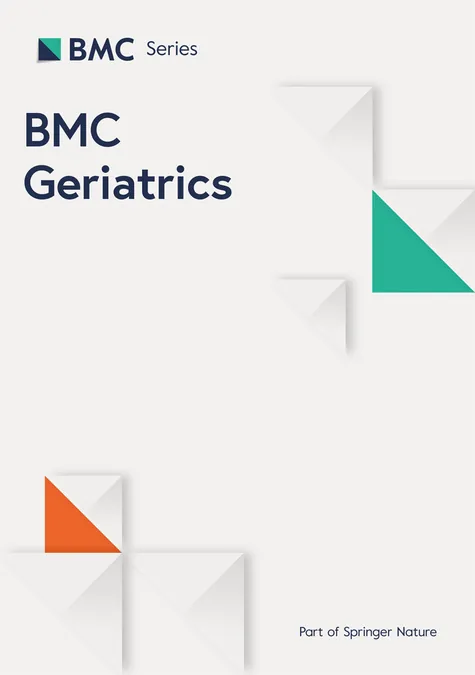
Why Central Obesity Poses a Greater Risk for Spine Fractures Than General Obesity
2025-07-12
Author: Yu
Unpacking the Link Between Obesity and Spine Health
A groundbreaking study focusing on postmenopausal women reveals that central obesity is more closely tied to vertebral fractures than general obesity. While previous research has hinted at the connections between obesity and bone health, this study directly compares the implications of general and central obesity on vertebral fractures.
How the Study Was Conducted
Conducted with 1,011 postmenopausal participants, the study utilized advanced dual-energy X-ray absorptiometry (DXA) for detailed bone density and body composition measurements. Researchers evaluated various obesity metrics, including body mass index (BMI), waist circumference, and specific ratios to categorize both general and central obesity.
Findings That Challenge Conventional Wisdom
The results were eye-opening: while certain general obesity metrics, like body fat percentage, were linked to vertebral fractures, BMI did not show the same correlation. In contrast, central obesity measures—particularly waist circumference and waist-hip ratio—were significantly associated with vertebral fractures, regardless of general obesity status.
Decoding the Risks: Why Central Obesity Matters More
The study indicates that the distribution of body fat, especially around the abdomen, can place excess stress on the spine, thereby increasing fracture risk. Notably, central obesity can impose greater physical burdens and alter hormone levels that aid in bone health.
An Urgent Call for Preventative Measures
Given the significant findings, healthcare experts recommend proactive measures to combat central obesity among postmenopausal women. Strategies could include tailored exercise regimens, dietary adjustments, and regular health screenings to monitor obesity metrics.
Broader Implications for Women's Health
This critical research brings to light the nuanced relationship between obesity and bone health, with implications extending beyond just fractures. It highlights the need for focused interventions on central obesity as a priority for enhancing the quality of life and longevity for postmenopausal women.
Next Steps in Research
While the study establishes a clear link between central obesity and vertebral fractures, further research is essential to explore the underlying mechanisms. Future studies should consider diverse populations and different fracture sites to deepen our understanding of this vital connection.
A Shift in Focus
This research underscores the importance of not just measuring obesity but understanding how and where fat is distributed in the body. Distinguishing between general and central obesity can lead to more effective prevention and treatment strategies, ultimately safeguarding the health of millions of women.


 Brasil (PT)
Brasil (PT)
 Canada (EN)
Canada (EN)
 Chile (ES)
Chile (ES)
 Česko (CS)
Česko (CS)
 대한민국 (KO)
대한민국 (KO)
 España (ES)
España (ES)
 France (FR)
France (FR)
 Hong Kong (EN)
Hong Kong (EN)
 Italia (IT)
Italia (IT)
 日本 (JA)
日本 (JA)
 Magyarország (HU)
Magyarország (HU)
 Norge (NO)
Norge (NO)
 Polska (PL)
Polska (PL)
 Schweiz (DE)
Schweiz (DE)
 Singapore (EN)
Singapore (EN)
 Sverige (SV)
Sverige (SV)
 Suomi (FI)
Suomi (FI)
 Türkiye (TR)
Türkiye (TR)
 الإمارات العربية المتحدة (AR)
الإمارات العربية المتحدة (AR)